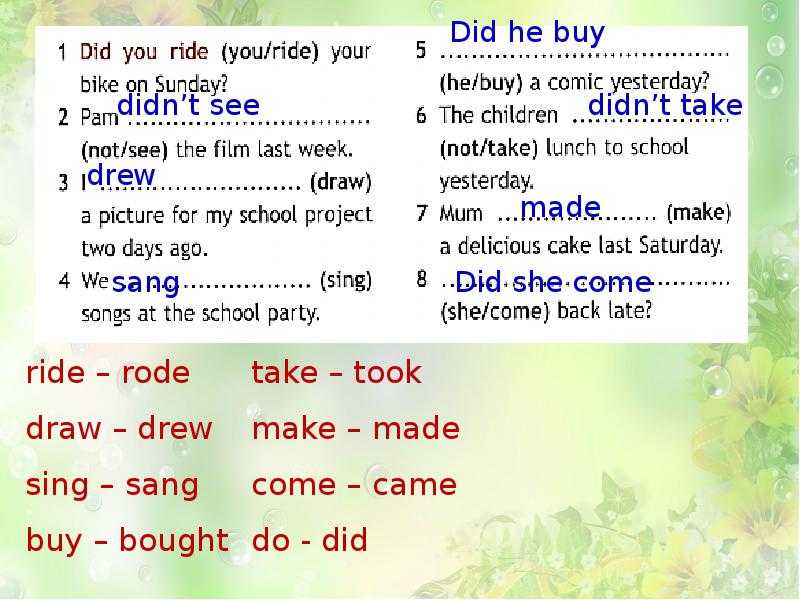Every type of swimming challenge and goal you want to achieve has its own most common mistakes and techniques to achieve them. Very often this overarching goal is speed for those who compete. But there’s a lot of swimmers who focus on long-distance training and this requires slightly different technique.
That’s why today we’re going to look at this kind of training and give you four simple tips to swim long distance efficiently and without getting tired.
Long strokes are a crucial element of the efficient long distance swim. To achieve this while using front crawl you have to start with proper body position – flat and horizontal – this is necessary at all times and your movement shouldn’t compromise it as it minimizes the drag and using your every movement more efficiently.
Now that your body is properly positioned you can think about your arms pull – you need to reach as far forward as possible. When you’re pulling back – use maximum force while stretching opposite arm as far forward as possible and so on. These two things (stretching arms while your body stays flat and horizontal) are the basic mechanism that will propel you in the most efficient way. and that means more power preserved for your long distance swim. Short arm pulls give you less propulsion with higher energy consumption so don’t do it!
Your muscles need oxygen. Your muscles while swimming need A LOT of oxygen. This is pure biology and you have to accept it and adapt to it if you want to see any success in long-distance swimming.
There are three basic rules that combined will help you breathe while swimming in a way that gives your body oxygen while it is not producing drag or distraction.
1. Keep your face in the water. We know it might be uncomfortable at the beginning but it is a must as you swimming with your head up your hips and legs will go deeper underwater and you will lose the body position we talked in the previous section.
2. Exhale under water . This is the most common mistake among beginner swimmers – they exhale and inhale quickly when they turn to breathe. This gives you little oxygen and holding your breath underwater doesn’t help you either. The proper way is to breathe in while turning and breath out with your head already in the water using your nose and mouth. That is another thing might seem uncomfortable and at the beginning, it will be, but that’s the way of getting as much oxygen while minimizing the time your face is out of the water and your head is up.
3. One-sided breathing. For long distance and any hard swimming session, the way to go is one-sided breathing pattern that gives you good rhythm and good flow of the oxygen. The thing to watch out for is a slight body imbalance you need to correct when breathing on one side only.
The sum of all these rules implemented means more oxygen and better rhythm while swimming and that means more power and efficiency in the water.
Swimming is very taxing for our bodies as far as calories burned and need for fluids. You can read our articles on nutrition and water consumption for swimmers. The general rules are to eat whole grains, vegetables and plenty of lean protein while drinking A LOT of fluids during your training sessions and competitions. To produce the energy you need for long distance swimming you need to provide it to your body first!
Always remember to have a big bottle of water and few energy bars with you to snack between the sets. It’s really incredible how much calories we burn and how much we sweat during an intense swimming session!
Long distance swimming is a constant process and as in cycling and running you need to set your workout goals in a particular way so you can progress gradually. Attacking full 10k at the beginning can only end up with an injury or you losing all your motivation. That’s why you should build your sets by starting with 50 meters at a certain pace for 10 intervals and then move to 75 meters and 100 etc. This will build your fitness and endurance while you also improve your stroke technique and efficiency in the pool. That is the safe and much more satisfying way to get there as you will constantly see progress and will be able to finish your sets without having a nervous and physical breakdown! :)
This will build your fitness and endurance while you also improve your stroke technique and efficiency in the pool. That is the safe and much more satisfying way to get there as you will constantly see progress and will be able to finish your sets without having a nervous and physical breakdown! :)
In our years of conversations with long-distance swimmers, the simple things like lap counting and keeping a steady pace (not starting too fast) is just as important as post-training analysis and constant control over the progress they’ve made already. Swimmo training watch for swimmers can help with all of those things and much much more resulting in healthier and more effective training sessions that will result in you being able to do longer distances and better pace without getting completely exhausted.
Kamil Market Development Expert at Swimmo
As swim teachers and coaches, we often get asked “why can’t I swim more than 25 or 50 metres without getting tired?” Most people who are not already swimmers might expect to go to their local pool and swim laps comfortably as a form of exercise. They will most likely be disappointed by their inability to do so, no matter their level of physical fitness. Getting tired whilst swimming is not a reflection of one’s physical ability but rather the misunderstanding of what is required to move efficiently and effectively in water.
They will most likely be disappointed by their inability to do so, no matter their level of physical fitness. Getting tired whilst swimming is not a reflection of one’s physical ability but rather the misunderstanding of what is required to move efficiently and effectively in water.
Swimming efficiently for any extended distance comes down to two simple things – how much stress/body tension you have and what you are doing with your breathing. Exercising is generally approached by people as activities which require you to over-exert yourself by working hard to tense muscles to create a certain desired movement. Using a push-up as an example, body tension can be understood in the following way: we lower ourselves towards the ground and back up, and to create this movement our arms and legs must remain engaged, our muscles tensed almost to the extreme. Without this tensing of the arms, legs and core muscles, a push-up would be impossible.
Swimming does not require body tension to the extent that a push-up does as we are working directly against gravity, and if there is too much stress on/stiffness in your body you will be unable to sustain this over 25-50 meters and will become too tired to continue. A common misconception with most forms of exercise is that in order to generate the most speed/get the greatest result, one must over-exert themselves. Note, we can over-exert ourselves in a push-up going for the extra effort. However, due to the varying degrees of influence from gravity related to the viscosity of water and forward momentum, swimming needs almost the exact opposite – the less tension in your body the better (this is also the case for push ups but in relative terms!). This is because the water does a lot of the work for you when you swim. If there is too much tension in your body in the water, you will find you actually move in a forward direction less rather than more due to resistance generated from distorted and inefficient shapes of your body.
A common misconception with most forms of exercise is that in order to generate the most speed/get the greatest result, one must over-exert themselves. Note, we can over-exert ourselves in a push-up going for the extra effort. However, due to the varying degrees of influence from gravity related to the viscosity of water and forward momentum, swimming needs almost the exact opposite – the less tension in your body the better (this is also the case for push ups but in relative terms!). This is because the water does a lot of the work for you when you swim. If there is too much tension in your body in the water, you will find you actually move in a forward direction less rather than more due to resistance generated from distorted and inefficient shapes of your body.
In addition to the need to be less tense in the water, you also have to know how to breathe effectively. This is because how you breathe whilst swimming drastically impacts the tension in your body even if you don’t mean for it to. If you clench your arms and legs right now as tight as possible, notice what happens to your breathing. You will have unknowingly held your breath. Similarly, if you purposely try to hold your breath, you will cause tension throughout the rest of your body.
If you clench your arms and legs right now as tight as possible, notice what happens to your breathing. You will have unknowingly held your breath. Similarly, if you purposely try to hold your breath, you will cause tension throughout the rest of your body.
Recognising the difference between Tension (over-connected) and Tone (connected).
If you make a tight fist, you will feel all the muscles of your arm contract, and in turn the muscles of your shoulder also become tense. If you make a loose fist, however, with your fingertips resting lightly on the palm of your hand, the effect on the rest of your arm is more subtle. This tension is not a forced movement and does not require you to clench any part of your body in an unnatural and uncomfortable way. This is the kind of tension required for swimming and is known as Tone: the middle point of Floppy (loose, relaxed, no effort at all, disconnected) and Tension (over-exertion, stress and strain, overconnected). Understanding that swimming does not require you to force movement but rather needs you to remain soft, smooth, fluid and relaxed as the first step to swimming greater distances more efficiently.
Understanding that swimming does not require you to force movement but rather needs you to remain soft, smooth, fluid and relaxed as the first step to swimming greater distances more efficiently.
Breathing
Training yourself to breathe easily while in the water will make a big difference to your ability to swim more than two laps of a pool. Without even getting in a pool you can easily make a distinction between relaxed, comfortable breathing and tense, unnatural breathing. When you hold your breath, your entire body changes, becoming tenser and stiffer. When you breathe evenly in and out, your ribcage expands and contracts but does not cause you to over-tense. If you force yourself to hold your breath whilst swimming you will make it harder for yourself to move because there is too much tension in your body. To swim a greater distance, you will need to focus on maintaining a comfortable breathing pattern that doesn’t affect the tension in your body. How can I relax my body in swimming and breath comfortably, you may ask yourself? The concept of accepting water versus avoiding water is very significant in relaxing your body.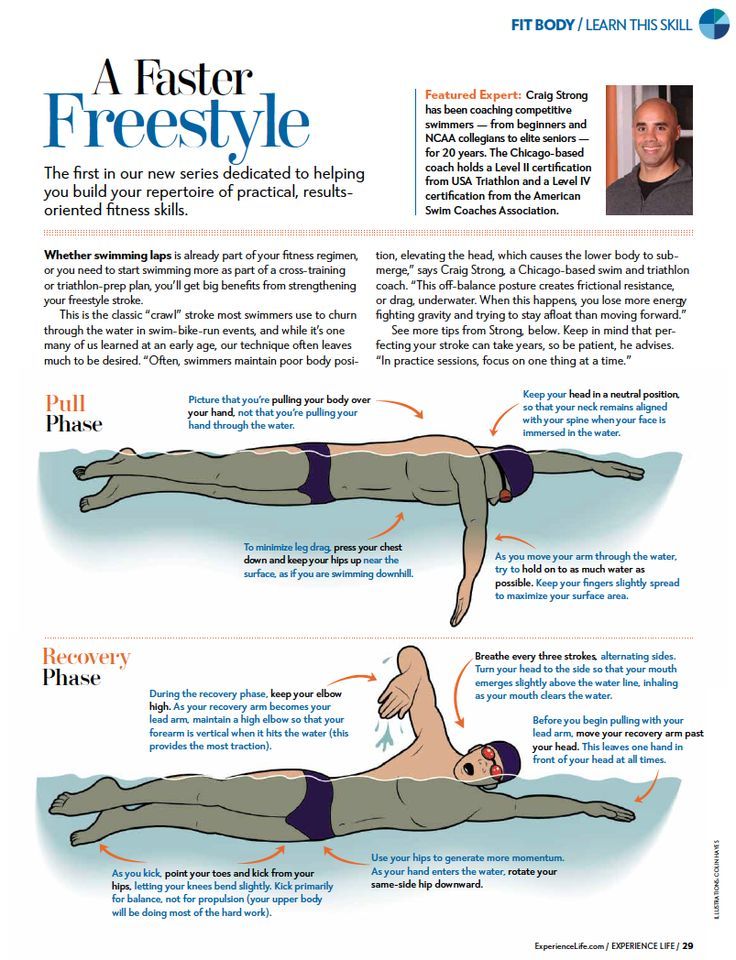 Avoiding water in the mouth creates tension, anxiety and a jerky lift of the chin, away from the surface when breathing. Therefore, when you accept water in the mouth and do not fight it, your body relaxes and you become more athletic and fluid with your movements. Some people have this avoidance of water in the shower. If this is you, before being comfortable in your swimming you must start accepting water into an open mouth during a shower. This will make a big difference in developing your comfortable breathing when swimming.
Avoiding water in the mouth creates tension, anxiety and a jerky lift of the chin, away from the surface when breathing. Therefore, when you accept water in the mouth and do not fight it, your body relaxes and you become more athletic and fluid with your movements. Some people have this avoidance of water in the shower. If this is you, before being comfortable in your swimming you must start accepting water into an open mouth during a shower. This will make a big difference in developing your comfortable breathing when swimming.
If you can combine tone in swimming (connected, not over-tense or too floppy and relaxed) with even, steady breathing you will find that swimming 25-50 metres is not so much of a challenge, and you will easily be able to swim that distance without getting too tired. The most important thing is to not try and swim 25 or 50 metres the second you get in the pool without stopping and resting. Give yourself and your body time to adjust to a new environment, especially so you can remain calm and breathing easily once you attempt to swim a few laps.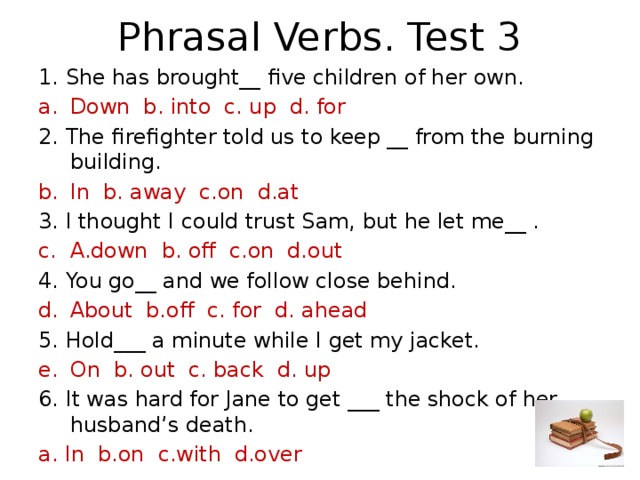 It is also important to swim short distances first over 5-10 metres before attempting a lap. This is so you have time to adjust your stroke as necessary, work out what is comfortable for your breathing and how much body tension you have. Stopping and resting as much as possible will have a greater impact on your swimming than swimming continuously without rests.
It is also important to swim short distances first over 5-10 metres before attempting a lap. This is so you have time to adjust your stroke as necessary, work out what is comfortable for your breathing and how much body tension you have. Stopping and resting as much as possible will have a greater impact on your swimming than swimming continuously without rests.
Swim school Helpful Hints How not to get tired when swimming?
Useful tips • Miscellaneous and interesting about swimming • Coach's advice
Nikita Kislov, founder of the swimming school SwimRocket
For example, when we swim with our heads up, we spend a lot of strength and energy (This is not right!).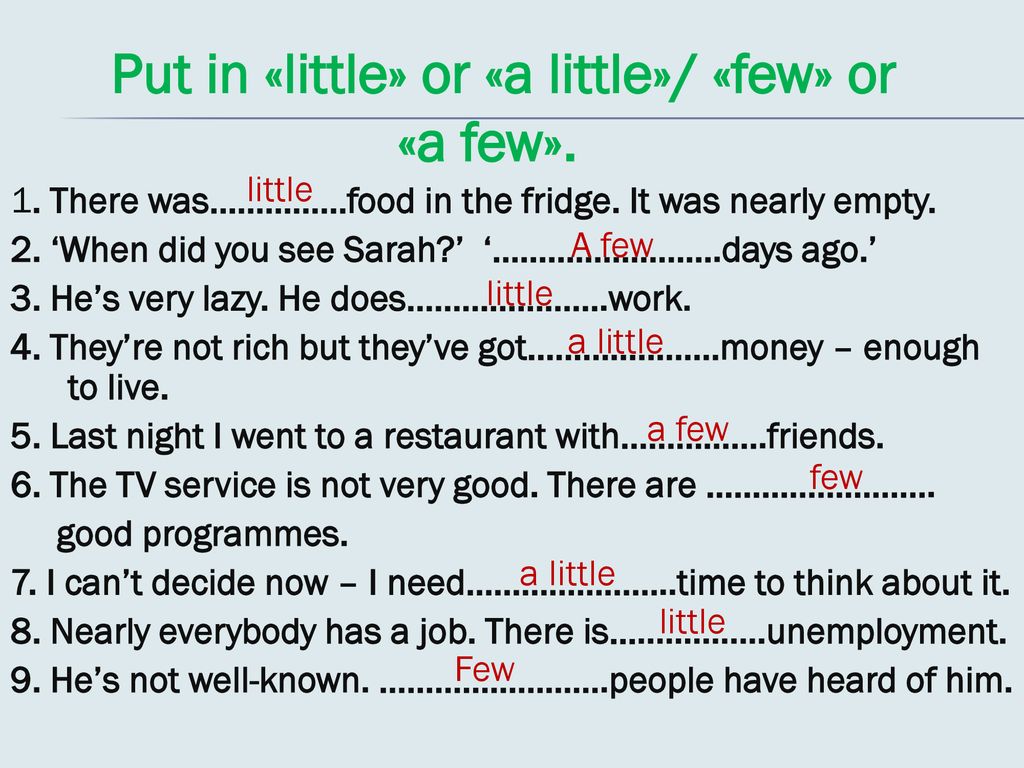 It also takes a lot of strength to shake the head from side to side. This is what most beginner swimmers do. We just need to lower our head and relax, so it will be much easier for us. Another reason: During freestyle, we pull our hand out too early. Because of what our fungus becomes short. Tip: Row as far as possible, so we will swim much more efficiently and not get tired. nine0005
It also takes a lot of strength to shake the head from side to side. This is what most beginner swimmers do. We just need to lower our head and relax, so it will be much easier for us. Another reason: During freestyle, we pull our hand out too early. Because of what our fungus becomes short. Tip: Row as far as possible, so we will swim much more efficiently and not get tired. nine0005
The second important factor that affects fatigue is stroke rate. Most amateurs believe that the more often they work with their hands, the better. Actually it is not. Stroke frequency affects speed in professional athletes. The quality of their stroke does not change. For amateurs, a high stroke rate raises the pulse, knocks down breathing and increases fatigue. Tip: Try to swim lightly and pull your arms as far as possible. In our case, we will spend the same amount of time, but get tired much less. nine0005
Someone is trying to exhale all the air from the lungs to the end, someone is breathing at the wrong moment. Two rules for a swimmer:
Two rules for a swimmer:
Advice: We must exhale in advance under the water. So that when we turn our heads we are ready to take a breath. nine0005
Most people think that we float on the surface of the water with our hands. This is not true! Through the hands in swimming we move forward. And we must stay on the water due to balance and body. Because of this, many people try to work with their hands and get tired and clogged, as a result of which we get short of breath and we get tired. Tip: Try to swim lightly, relaxed, enjoy swimming and not lean on your hands. Try to keep your body in balance. You can see visually each of the swimming techniques, as well as many other useful videos on our channel YouTube Also, if you want to learn how to swim and not make mistakes, then sign up for training at SwimRocket swimming school
Previous article
Only 2 out of 10 swimmers can do this exercise
Next article
Which goggles to choose?
You may be interested in
Categories
In general, premature fatigue is more of a scourge for beginners than experienced swimmers. Lack of experience, lack of technique, inability to control your emotions - everything is reflected in the state of the body when swimming. Simply put, beginners overexert themselves, cannot rest their muscles at those stages of the stroke when they need to be relaxed. nine0005
Lack of experience, lack of technique, inability to control your emotions - everything is reflected in the state of the body when swimming. Simply put, beginners overexert themselves, cannot rest their muscles at those stages of the stroke when they need to be relaxed. nine0005
“The most important skill for a swimmer is the ability to relax,” says Ivan Solodov, PRO-expert at Sportmaster PRO . - If you constantly keep the body in strong tension, even an experienced athlete will get tired pretty quickly. But much more often this mistake is made by people who rarely swim or just start exercising in the pool. They tense their muscles a lot and try to consciously control every movement, because of which they get short of breath and fatigue comes earlier.”
Excess stress leads to fatigue, but what causes overexertion? Gathered the main factors.
In each swimming style (breaststroke, front and back crawl, butterfly), the technique of arm and leg movements is built in such a way as to get maximum forward movement with minimum effort. But swimming is not walking, the technique of which is natural for a person. Swimming is technically necessary to learn. Without this, you will spend effort on movements that are not needed or even interfere with swimming. For example:
But swimming is not walking, the technique of which is natural for a person. Swimming is technically necessary to learn. Without this, you will spend effort on movements that are not needed or even interfere with swimming. For example:
• keep your head above the water - while swimming with your head in the water is much easier;
• vigorous shaking of the head when rising from the water to inhale;
• strokes too short;
• absence of arm relaxation phase after stroke;
• kicking in the water instead of kicking in the water;
• non-horizontal position of the body - when the legs are lower than the head, the resistance of the water increases, it was necessary to exert more effort, not sliding in the water, but “breaking through” it with the whole body. nine0005
Many beginners, especially those who are in good physical condition, find that the more often and vigorously they row, the faster they can swim.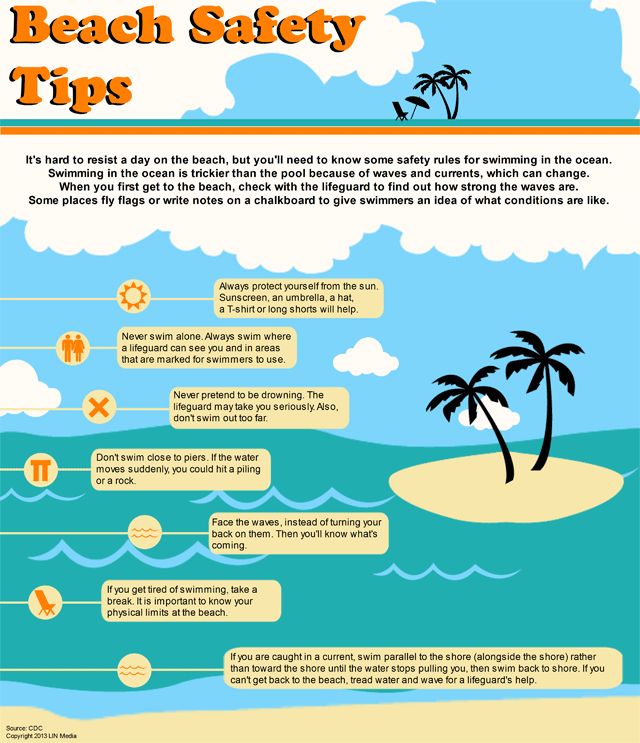 Indeed, professional swimmers noticeably increase their stroke rate when accelerating to the finish line, turn, etc. However, frequent strokes help speed up only if their technique does not fall - you also effectively put your hands in the water, grab it, push off, and so on. For amateurs with not yet perfected technique, a higher stroke rate usually turns into thrashing with their hands on the water - and leads to increased energy expenditure, shortness of breath and rapid fatigue. Practice accelerations separately when you master the stroke technique. In the meantime, swim smoothly and easily, with a long extension of the arm forward for the stroke. nine0005
Indeed, professional swimmers noticeably increase their stroke rate when accelerating to the finish line, turn, etc. However, frequent strokes help speed up only if their technique does not fall - you also effectively put your hands in the water, grab it, push off, and so on. For amateurs with not yet perfected technique, a higher stroke rate usually turns into thrashing with their hands on the water - and leads to increased energy expenditure, shortness of breath and rapid fatigue. Practice accelerations separately when you master the stroke technique. In the meantime, swim smoothly and easily, with a long extension of the arm forward for the stroke. nine0005
An important aspect of breathing in swimming is that exhalation begins and almost completely occurs while the head is still in the water. Raising your face into the air, you only make a short half-exhalation with your nose - at the same time preventing water from flowing into your nose when changing media (water and air) - and are already ready to inhale through your mouth.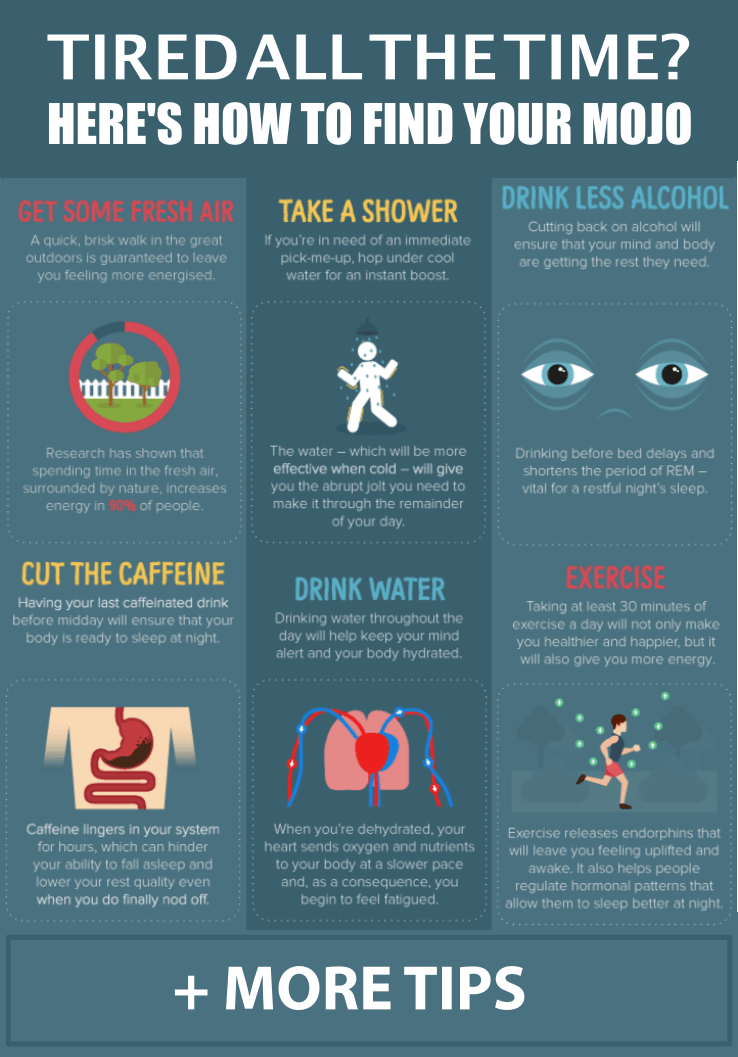 If you exhale over water, you will have to hold your head for too long, and this consumes a lot of strength. In addition, in such a rhythm, you will not be able to synchronize the stroke, footwork and breathing, the breath will lag behind, it will turn out to be crumpled, incomplete. In general, train your breathing and its coordination with the movements of the limbs! nine0005
If you exhale over water, you will have to hold your head for too long, and this consumes a lot of strength. In addition, in such a rhythm, you will not be able to synchronize the stroke, footwork and breathing, the breath will lag behind, it will turn out to be crumpled, incomplete. In general, train your breathing and its coordination with the movements of the limbs! nine0005
Inexperienced swimmers exert too much effort to stay on the water, clogging the arm muscles. In fact, when swimming with your head down, the law of Archimedes keeps you on the water, and it is enough to balance your legs and body so as not to sink. And with your hands you have to move forward.
“Another reason newbies get tired quickly is fear,” says Ivan Solodov. - If you live in a place where there is no large water on a permanent basis and bathing is given at most a couple of weeks of vacation per year, fear and uncertainty appear. In an attempt not to drown, a person strains harder and spends additional strength on fuss and floundering. nine0005
In an attempt not to drown, a person strains harder and spends additional strength on fuss and floundering. nine0005
Both tension and fear start in the head. It is important for a swimmer to learn how to control the muscles and relax the body - the water itself will push to the surface. It is important to devote the first few lessons to technique in order to learn how to move automatically. And then swimming will become like meditation, and not like exhausting strength training.
The type of body of water - pool, sea, lake - affects both the swimming itself and the rate of fatigue. “There is no general pattern here,” says Ivan Solodov. - Waves in the sea either help to swim faster, or, conversely, slow down and force the swimmer to work harder. In the open air, wind is added to everything else. Yes, and the salinity of the water affects the technique. nine0005
In open water, in contrast to the pool, people often swim in wetsuits. They are made from neoprene, which is a lightweight buoyant material that helps float on the surface. This allows you to spend less energy compared to the pool.
They are made from neoprene, which is a lightweight buoyant material that helps float on the surface. This allows you to spend less energy compared to the pool.
“On the other hand, in the case of open water bodies, the psychological aspect plays an important role,” reminds our expert. - Even professional swimmers who spend most of the week in the pool can feel fear and discomfort while in the sea or river. It's not just about the depth: someone is uncomfortable with the thought of algae and other living creatures, but someone is frightened by the darkness below. nine0005
This question worries those who swim to lose weight and who dream of a triathlon or a swim run.
“It all depends on the goals,” explains Ivan Solodov. - If a person just wants to learn how to swim or pull up the figure, there is no point in turning every workout into a feat. And if the task is to swim N meters in a certain time and improve your results, you will have to give all your best and finish the workout through strength. nine0005
And if the task is to swim N meters in a certain time and improve your results, you will have to give all your best and finish the workout through strength. nine0005
What can you do to make swimming less tired? Ivan Solodov's recommendations:
• Practice stroke technique, footwork, breathing before complicating your tasks.
• Add variety to your workouts. If you constantly engage in the same program, it will become boring. Motivation will decrease from this, a person will get tired faster.
• Within one trip to the pool, you need to combine different exercises: for speed and technique, for endurance and for breathing. nine0005
•Sometimes sports equipment is worth using. It is designed for a specific job, its competent use helps to achieve great results. So, kolobashki and small hand blades are needed to work out the technique. Large shoulder blades are used for the development of the muscular corset and strength training.